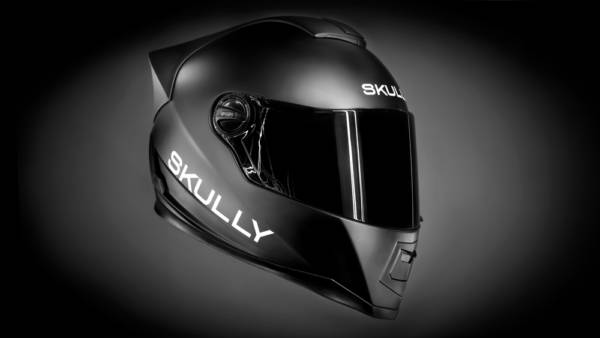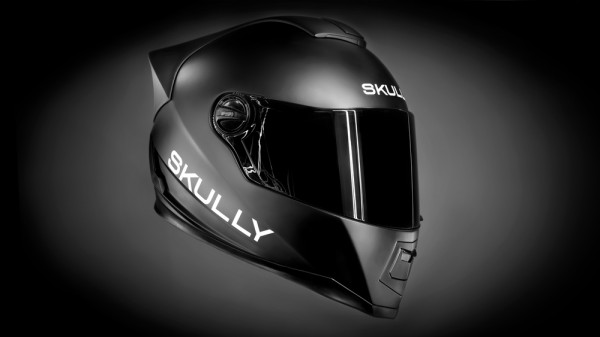Skully Helmets have been doing the rounds for being the most technologically advanced helmets ever. The helmets is equipped by a head-up display that helps rider see various information without getting his/her eyes off the road. The head-up display was developed by Continental, a company that offers economical solutions for low-cost models as well as tailor-made solutions for high-end markets. Now, together with Skully Systems, Continental has produced a study on head-up displays for motorcycles. The company presented this technology in a simulator at the Intermot Motor Show. The simulator at Intermot gives a two-minute ride that demonstrates how significantly a head-up display affects the motorcycling experience and what new opportunities are opened up under realistic conditions.
In cars, head-up displays on the windshield reduce distractions for the driver, in this way providing enhanced safety and comfort. The innovative study applies the same principle to the motorcycle helmet, thus taking the trend towards wearable devices to a new level. Information on navigation, road alerts, or motorcycle specific features such as the inclination angles are shown in the driver’s field of view. In the simulator, the head-up display also assumes the task of the shoulder check and shows the motorcyclist what is happening in the blind spot via a backward-looking camera. The motorcyclist can concentrate on the virtual road and recognize critical situations more quickly.
The helmet in this product study is linked via Bluetooth 4.0 to an electronic control unit which analyzes and processes data from the vehicle. In addition to obtaining information from the immediate surroundings and from various digital sources, it is connected with the vehicle’s sensors and electronic system. Thus, for example, it is able to measure the motorcycle’s speed from the GPS signal but is also connected to the speedometer and makes sure that the value which it gives is projected onto the helmet visor.
All the information displayed in this way is updated within fractions of a second. If the engine speed increases, the control unit gets instructions to shift to a higher gear. This command is instantly relayed to the helmet, where it is displayed along with an acoustic signal. Information received by the control unit from the outside is handled in the same way. If, for example, information comes in about an accident on the route, this is likewise immediately projected into the driver’s field of view. For trade fair visitors the study thus provides a realistic, hands-on demonstration of what head-up display technology has to offer for motorcyclists.




